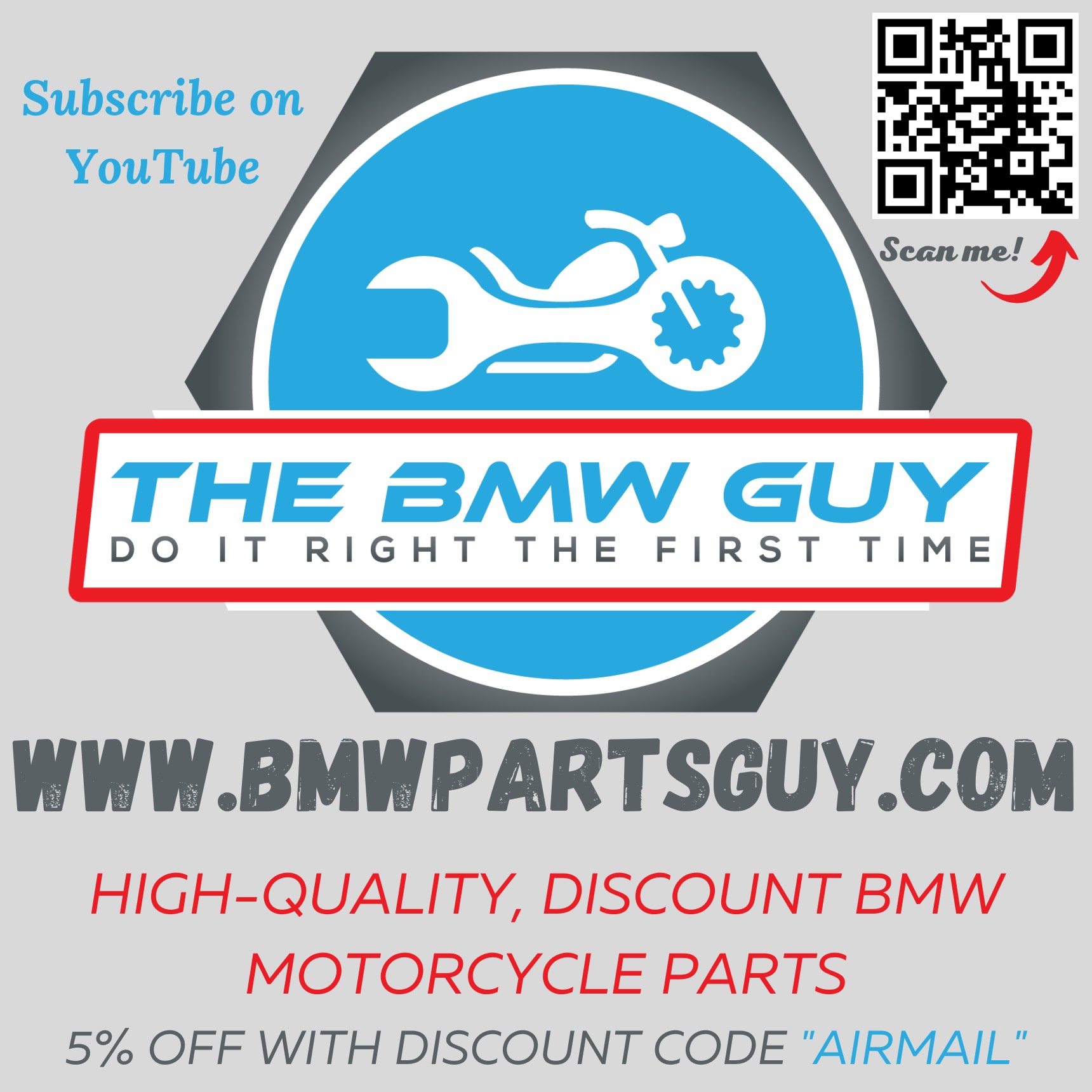Prepping for the pushrod seal replacement - 78 R80/7
My pushrod seals are leaking like crazy, so once the season is over or I have a rainy weekend, I am going to replace them. I'm a virgin to this task bit I've done the research I believe.... I'm sure they are original for the PO is a friend of mine and I know he didn't do them.
I've ordered the seals, stud o's, new circlips for crank, head gaskets, and some diabond (spelling). No big o'ring on my 78' R80/7 (9/77 build date) from what I've read. But that is honestly about as clear as mud when you read the fiche, web, etc.
I'm somewhat of a "while I've got it apart, I mine as well replace...." kind of guy, but I may hold off on the characteristic for just a moment.
Not to open up a can of worms, my initial plan is to remove the head without removing the piston to save the hassle of the rings. just disconnect it at the rod.
Question is:
1. While I have it apart, does it make sense to just pull the pistons to see the condition of the rings?
2. And if so, is it a matter of just compressing / adjusting gap spacing and tossing it back in? No honing or anything like that? Unless rings had to be replaced...
4. Anything else you can recommend I observe / adjust while it's apart?
1. While I have it apart, does it make sense to just pull the pistons to see the condition of the rings?
No. What I would do is to put the motor on TDC and slide the jug outward until the bottom of the push rod tube is clear of the frame. The cylinder and piston need not be seperated. You will want to put the new grommets on the tubes spun 90 degrees from correct in order to clear the frame tube until you push the jug back in to place then spin the grommet to the correct orientation before the seating the cylinder.
If you decide to pull the cylinder, the operation is the same . Pull the cylinder outward until the wrist pin is exposed and drive it part way out until it disengages from the con rod. If the motor runs o.K., I would not break the relationship of the rings to the cylinder.
former Airmarshal, IL.
To me your question raises an "it depends" answer.
Since they run so cool, Airheads don't typically experience excessive piston ring wear. That means the average Airhead is OK, but that doesn't mean yours is going to be so lucky. Since this is a job you definitely only want to do once, to me the prudent thing to do while it's apart is make some measurements so that you'll KNOW. Knowing is always preferable to guessing. I mean really, once the head is removed how much extra work is it to pull the cylinder ? That and I consider installing a new base gasket highly preferable to using sealant slopped on top of the old gasket.
So yank the cylinders off, pull the top ring (making sure to mark the top side of the ring with a Sharpie marker so it can re-installed in the correct direction). Then you can check the ring end gap and install a new base gasket. (You can then install new rings if required.) That amounts to 30 minutes extra work on each side, but you'll end up with definite knowledge of your engine... and a fully re-sealed top end.
Others can disagree, but to me that's the way it's correctly done. And BTW... if you'll use BMW brand gaskets and o-rings everywhere, then you won't need any sealer, unless there is a decompression shim under the cylinder base.
Owning an old Airhead is easy.
Keeping an old Airhead running great is the true test.
I have the exact same month of build for my R100/7. Owned the bike since 1981 when it had 6,000 miles. I replaced my rings at 180,000 miles. At the time it was using almost a quart every 2500 miles. I think unless you are well over the 100k mark I would leave the rings in. Replacing the rings on these cylinders deserves some kind of honing and that's a bit much for a first timer. I have gone thru a few pairs of push rod seals on my bike. When you remove the wrist pin be sure you don't let it fall onto the engine block. Once the cylinders are off 1 thing to note is, check and make sure your pushrod tubes have not moved up into the cylinder head. Compare the tubes with the line of the bottom of the cylinder. They should all be the same and line up relatively close the to the bottom of the cylinder. One of mine pushed in slightly. A Special tool is needed to drive them back out. I found my Snap-on 10mm short socket fit perfectly, other brands of sockets I would have no idea about and my socket is over 30 years old. I then J-B welded the tops with a good fillet of bonding. One of the bottom rings also came loose so those got the same treatment. When I reassembled the the cylinders I also used a Honda crush washer of the same size. I chose Honda's since I was a District Service Manager for the Motorcycle Division for 15 years, so I was familiar with these parts. These washers are about 1mm thick and add extra pressure to the rubber "donut" on the bottom of the tube. You don't need to do any of this, it's just what I decided to do to the bike I've owned for 37 years. It's my bike and it's fine if the purests shoot this message down. I'm just sharing my experience with my bike.
- 27 Forums
- 1,801 Topics
- 10.2 K Posts
- 2 Online
- 5,524 Members





